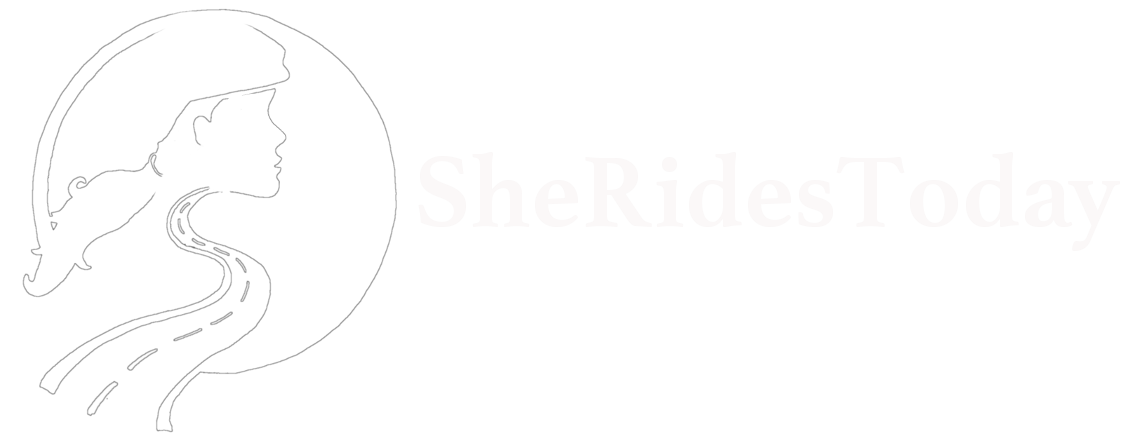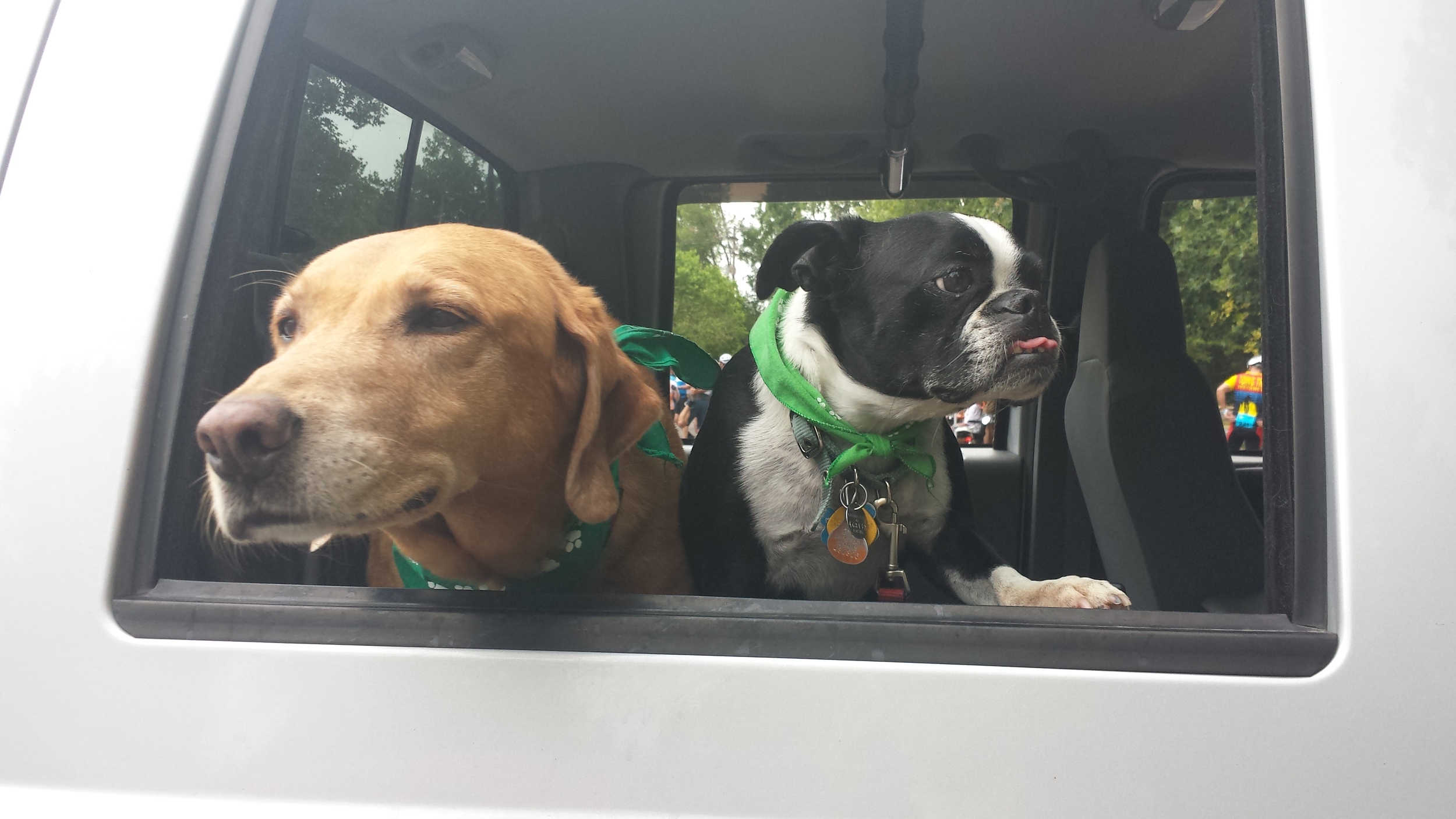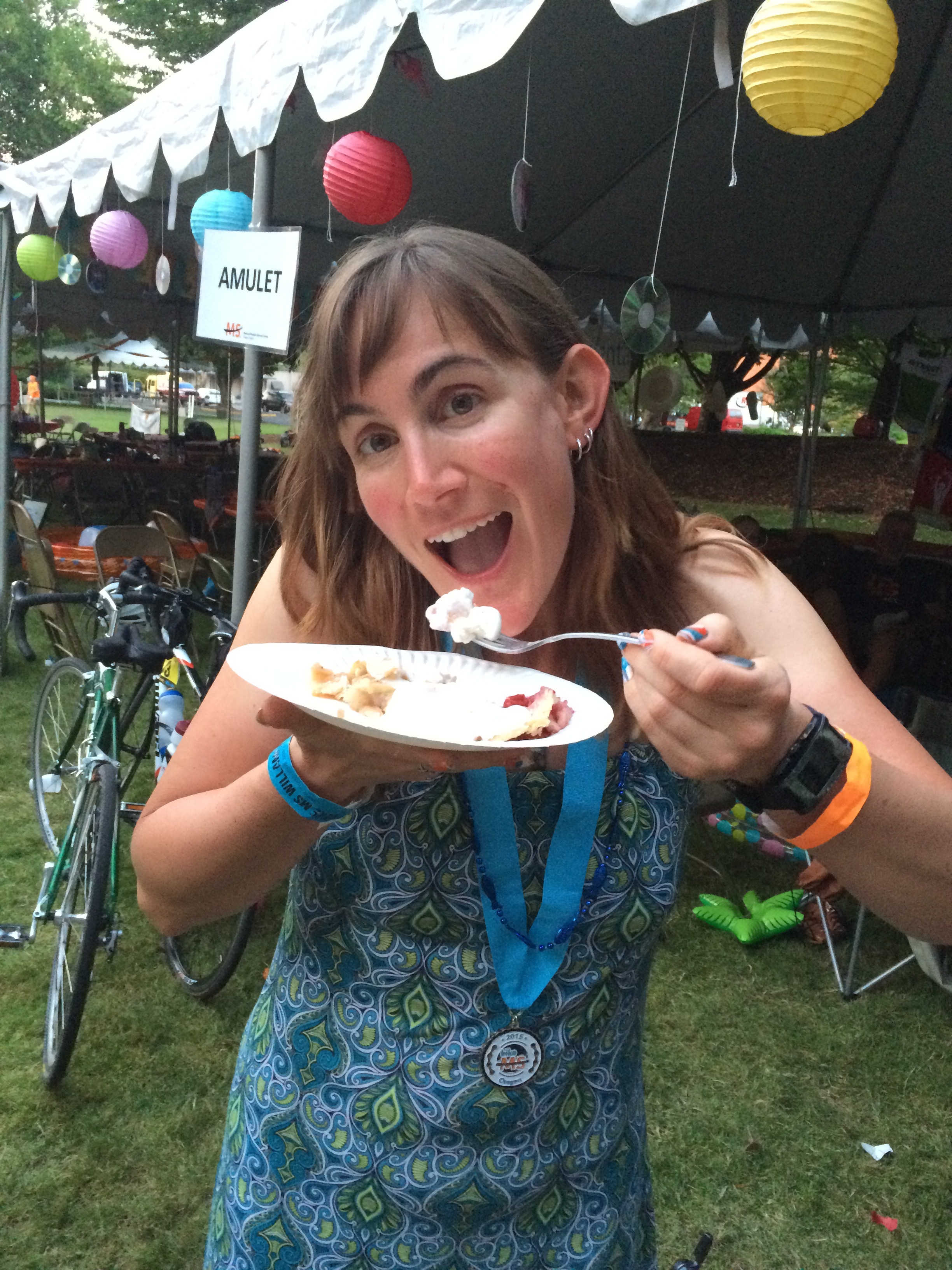I almost quit reading this book. I found the first chapter painfully condescending and overly beholden to US RDA guidelines. I hoped to find a progressive text on nutrition, not an advertisement for American corporate food consumption. For some reason, I persevered, and the American commerce influence of the book took a back seat to sports research.
It was in this second section that I felt more at home. Over the years, I've absorbed quite a bit of health and fitness information, whether it be from sanctioned training programs, fitness instructors, personal trainers, cycling magazines, or Weight Watchers. I was reminded of little nutrition gems that I'd heard before, such as "consume 8 ounces of water every 15 to 20 minutes during strenuous exercise", or "one quart of water on an empty stomach takes one hour to process." That one I've tested myself, and found one quart equals two trips to the bathroom. The book also mentioned the "100 calories per hour after the first hour of exercise" as a refueling mantra for long endurance rides. This became my mantra when dieting. I realized I had been overfueling to the point it was doing me more harm than good. Following this 100-calorie rule works for me; I can ride for hours without getting hungry, bonking, or gaining weight. The book also reiterated the importance of eating a full meal within 45 minutes after strenuous exercise to stop muscle break down. Consuming carbs post-work out stimulates release of insulin which helps rebuild muscles and reduces soreness. Eating 10-20 grams of protein reduces cortisol. This is usually easy for me to do, but has been difficult to do in Seattle. Most of the longer, harder rides I've completed here were with Cascade Bicycle Club. The club arranges meet-ups in various places in the suburbs of Seattle, where the roads quickly reach to pastoral, scenic farm land. The problem with these meet-ups are that they require over an hour's drive. I can get to the ride quickly in the morning, but by the time I finish in the afternoon, the swell of traffic makes it impossible for me to get home in time to eat this important healing meal. I'm left packing things to eat in the car, which leave a lot left to be desired, especially when I already eat "brown bag" meals 10 times a week for work. One cool thing Nancy Clark brought up was the value of the potato for recovery. A normal potato has 840mg of potassium, which helps to restore lost electrolytes. I love munching on baby potatoes during a ride. They are easy to prepare, easy to eat, full of natural carbs, and taste delicious with electrolyte-replenishing salt. The potato as recovery food is a new novelty.
I recognized data about caffeine that has been covered by no shortage of NPR programs, but I haven't applied it to myself before. Clark documented that a large study from 2005 found caffeine enhances performance by 11%, reduces perceived exertion by 6%, and has stronger effects on endurance activities. Those numbers are significant when looking at a 100-mile bike ride. The study found that over a certain amount, caffeine had diminishing results (due to other side effects like cramping or the jitters) and never enhanced performance by more than 11%. The study determined 1.5mg of caffeine per pound to be the target dose for optimal performance. Since one ounce of espresso has 40mg of caffeine on average, I would have to more than double my caffeine consumption before a long ride to feel it's stimulant benefits (I regularly drink a 2-shot latte in the morning). This is hard to imagine. I think I will stick to my regular caffeine consumption. Perhaps I'll lay off caffeine for a few days before a big event to feel the effects more rather than double up on event day. Tea might be a viable option. Drinking iced tea on a ride sounds quite sophisticated. I haven't ever had iced tea on a ride, but it could be delightful, especially if I add a spot of honey for another little energy surge.
I reached the end of the book near bed time. The final pages covered various recipes the author thought encompassed her whole-food, rounded eating recommendations. While the author's tastes were clearly more American to my west-coast-bohemian-veggie-laden preferences, my stomach growled like mad while I read through her recipes. I must have gone to bed a little bit hungry, as my growling stomach became pretty comical, even alarming the cat! I copied down a couple of ideas. One suggestion was to pour an egg inside a well of a potato when it is half through baking. This sounds like a delicious recovery idea! There were some Italian-themed casseroles that were lower on the cheese and dairy than traditional Italian foods. I also copied a garbanzo bean dish, because I can never get enough garbanzo beans!
Clark completely recovered from the FDA blow-job of a first chapter and revealed a sensible eater akin to my own yearnings. She quickly dispelled the appeal of fad diets and food-culture-phenomenons (as I call them) that have become the primary identity of so many Americans. Michael Pollan said it best when he pointed out that the cultural melting pot that is America misses out on the cultural identity that is food and all the comforts that identity brings. With today's "gluten-free", "Paleo", "low-carb", you name it food identity, I wither under the power in how food extremes have become religion. Even those who insist on eating carelessly do so with a religious fervor. I admire how Clark brings nutrition home, and focuses on eating pure, whole foods without complexity. I'd recommend Nancy Clark's Sports Nutrition Guidebook to any health enthusiast who is completely uneducated on nutrition (does anyone like this exist?) or as guidebook worthy of skimming for valuable gems of infomation.






















